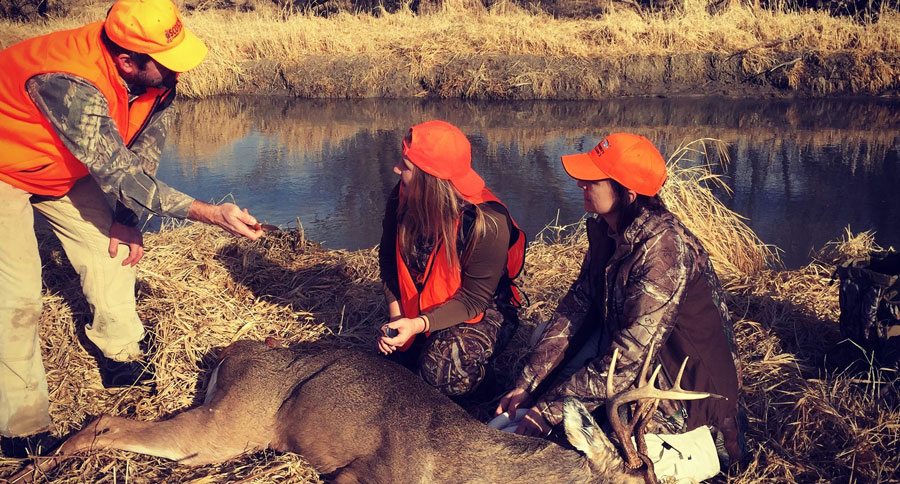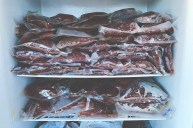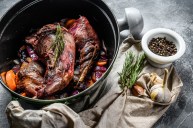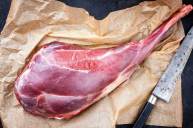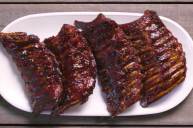While it may be convenient to run straight to the local processor, there are many benefits to DIY meat processing and it's easier to do than you may think.
The hunting community is vocal about the deep respect and admiration for wildlife learned from the sport. Learning the process of how your harvest goes from the field to the table furthers the appreciation for the animal. It also allows you to play a more hands-on role in the circle of life and the process of food production.
You can also ensure the quality of the meat and tailor it to your own dietary needs. You can pick what to salvage. For example, I prefer leaner meats and trim the fat, while some family members follow the Paleo diet and choose to leave it. By processing your own meat, you can be as picky as you want and preserve the clean organic integrity of the meat.
Though the upfront cost of meat processing supplies can be high, doing it yourself is the most cost-effective option for the avid hunter.
You can start small with just some basic equipment. So if you are an avid hunter or if hunting is a family activity, it won't take but a few seasons for the equipment to pay for itself.
If you plan on giving it a whirl, there are a few basics you need to know.
Getting set up
It's essential to keep your meat cool and clean from the time you field dress it until you finish processing and packaging. To begin, you will need a sharp knife, a cutting board, a large bowl, a grinder and whatever you are going to use to package your meat.
Getting Started
I like to start with the backstraps, tenderloins and any other cuts I don't want to grind. This is where you can get your steaks, roasts, etc. Simply cut them off the bone (if you haven't deboned in the field), trim them, portion them, seal them up and label them. Next is the fun part! You can take all other meat and cut it into pieces. I typically use the neck meat, shoulders and hams. The amount you can push through at once depends on the size and power of your grinder. Feed handfuls of meat in until all meat is gone.
Getting Fancy
Another benefit is you can make anything into ground meat. I usually add a small percentage of pork or beef fat to combat some of the gaminess of the meat and give it a more workable texture. Usually you can ask the local butcher to save a few pounds of fat. Now you can choose whatever your meat becomes. I prefer to save about half for taco meat, hamburgers, etc., and then mix the rest into sausage.
If you don't want to commit to an entire meat-processing setup, you can do sausage by hand. The mixing can take awhile, since the better incorporated the seasoning is the better it will taste. You can simply mix and package any uncased sausages like breakfast sausage. If you don't want to buy a separate stuffer, you can use the stuffing attachment for your grinder for bratwursts, pepperoni and other cased sausages.
Outdoor retailers offer a variety of resources and tools for more tips on at-home meat processing. With the availability of information and the benefits of doing it yourself, I highly encourage every hunter to give it a try!
NEXT: NEED TO FIND LAND TO HUNT ON?
